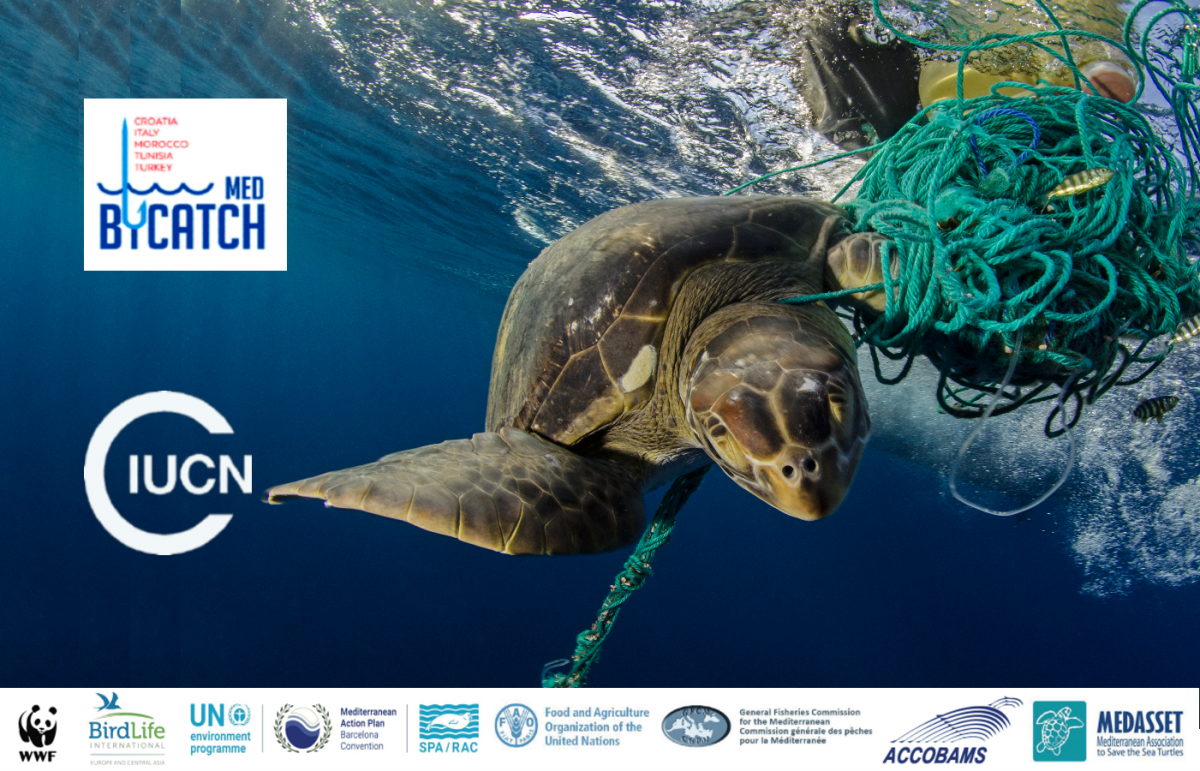EU Biodiversity Policy
Biological diversity, or biodiversity, is the variety of life on earth. It describes the variability among living organisms from all sources including terrestrial, marine and freshwater ecosystems, and the ecological complexes of which they are part. This also includes diversity within species, between species and of ecosystems.
Not only does biodiversity make the natural environment beautiful for humans to enjoy, but we also depend on it for providing the food, air, water, energy and raw materials that make life possible and that drive our economy.
Biodiversity in Europe
Europe has a rich diversity of wild plants and animals many of which are unique to this continent and exist nowhere else in the world. This richness is augmented by biodiversity hotspots in the EU’s overseas territories. Unfortunately, however, biodiversity loss in the EU has accelerated to an unprecedented level. According to the IUCN European Red List assessment of the conservation status of around 6,000 European species more than 24% of European animal species are now threatened with extinction. Freshwater species are particularly affected with some 59% of freshwater molluscs, 40% of freshwater fish and 23% of amphibians.
EU Biodiversity Strategy
The EU is committed to the protection of biodiversity. In 2011, the European Commission adopted the EU Biodiversity Strategy, in line with two commitments made by EU leaders in March 2010: halting the loss of biodiversity and the degradation of ecosystem services in the EU by 2020, and restoring them in so far as feasible, while stepping up the EU contribution to averting global biodiversity loss. The strategy is also in line with the global commitments made in Nagoya in October 2010, in the context of the Convention on Biological Diversity, where world leaders adopted a package of measures to address global biodiversity loss over the coming decade.
EU Nature Legislation
The EU Birds and Habitats Directives, adopted in 1979 and 1992 respectively, are the cornerstones of the EU’s nature legislation. Together, they require Member States to ensure both the physical protection of individual specimens across the 28 EU countries as well as the conservation of core breeding and resting sites for certain particularly rare and threatened species under the Natura 2000 Network.
Fitness Check of EU Nature Legislation
As part of its Smart Regulation policy the EU Commission has initiated a Regulatory Fitness and Performance Programme (REFIT), under which it will carry out a ‘fitness check’ of the EU’s nature legislation, including the Birds and Habitats Directives, to determine if they are “fit for purpose”.
Data resulting from Article 17 and Article 12 of the Habitats and Birds directives respectively will be key for the REFIT.



